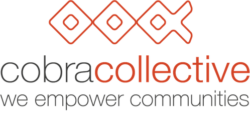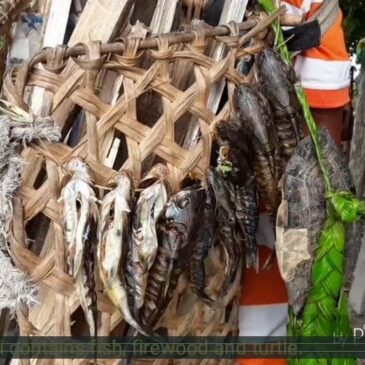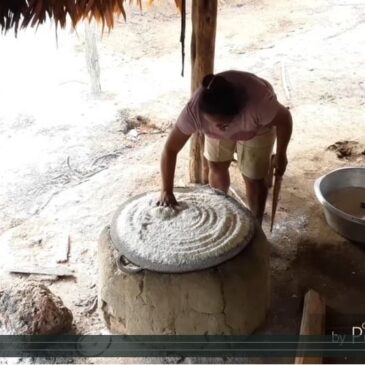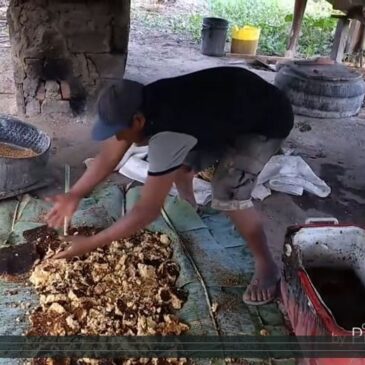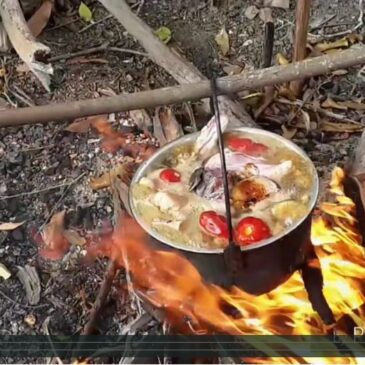Indigenous Heritage 2020: Traditional tools
Traditional tools are an essential aspect of Indigenous life, even to today. From the use of clay for pottery, making of warashees, matapee and mats from various palm tree leaves by weaving or plaiting, or crafting bows and arrows for hunting purposes, we see a wealth of knowledge about the natural resources needed and the skills to craft the products. This knowledge is not well documented, but rather, as most traditional knowledge is, kept alive through the share of … Read More
